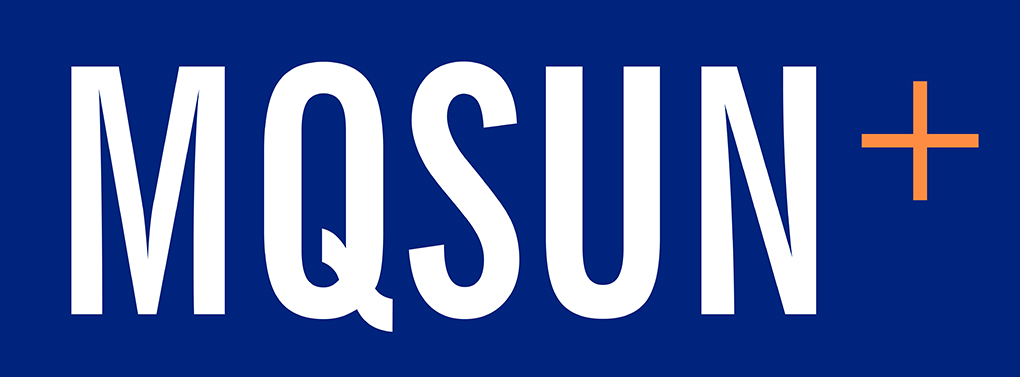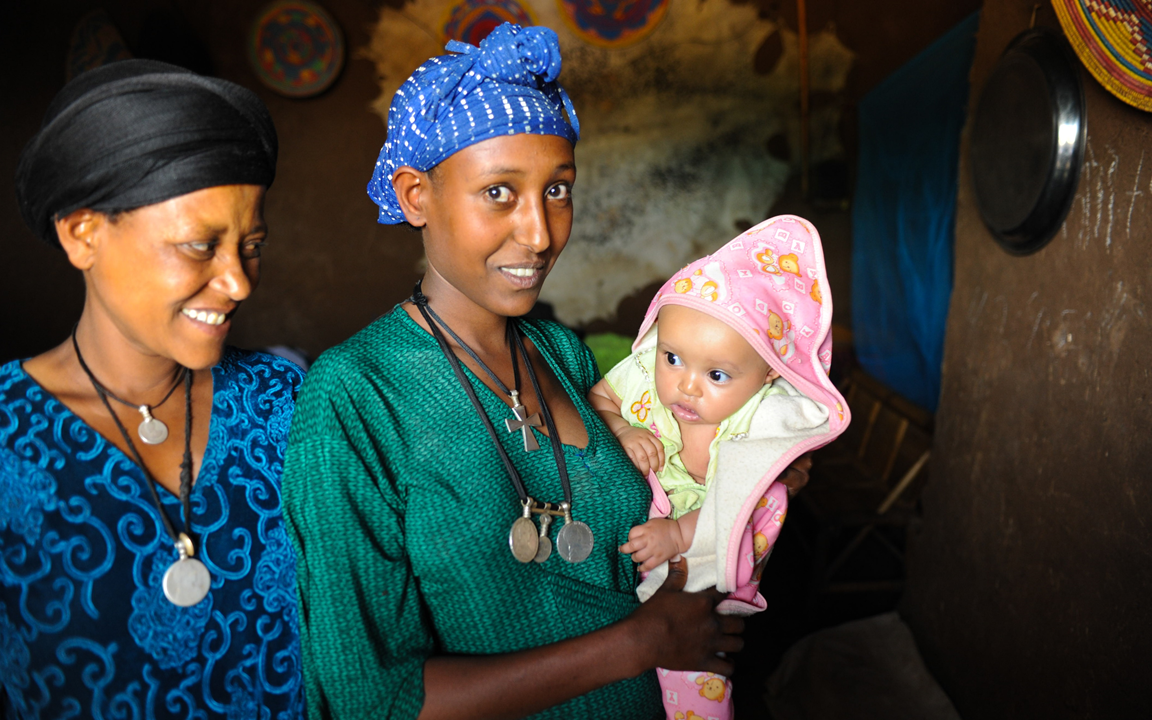This is one of four country case studies on ‘Strengthening the Humanitarian-Development Nexus for Nutrition’. It reviews the type of nutrition programming being implemented in Ethiopia and examines the enabling environment (plans, policies, frameworks, coordination and financing) for appropriate, comprehensive and coherent nutrition programming in a context where acute and chronic nutrition coexist and both treatment and prevention are needed.
Over the past decade, Ethiopia has achieved spectacular economic growth and substantial reductions in malnutrition. However, both appear to be stalling, perhaps in part due to a growing humanitarian situation (close to 1 million refugees and up to 3 million internally displaced persons). Development, resilience building and humanitarian plans and strategies are well aligned to nutrition targets and reflect an expanding agenda. However, they also demonstrate a tension between the need for short-term humanitarian life-saving actions and longer-term system building and prevention programming. Increased clarity is needed around responsibility, accountability and funding commitments. At the same time, the institutional architecture has been evolving to support a stronger humanitarian-development nexus (HDN)—for instance, by creating advisory positions within the country United Nations (UN) team and outcomes in the 2019 Multi-Year Resilience Strategy (RCO 2019).
As in other contexts affected by protracted crisis, financing arrangements are a crucial element of strengthening the HDN in Ethiopia. A growing humanitarian budget—as well as the high transaction costs of channelling these funds through UN agencies and international and local nongovernmental organisations—raises questions about the cost-effectiveness and opportunity cost of not investing in government systems through longer-term direct budget support or sector-aligned and administered pooled-funding arrangements. The Government of Ethiopia (GoE) vision is for direct budget support to become the norm for country programmable aid; some donors, like the World Bank and the UK Department for International Development (DFID), are increasingly ‘on board’ with this agenda. There appears to be a significant proportion of ‘development’ or resilience-building funding for nutrition which takes place outside of priority emergency-prone hotspots. Humanitarian Response Plans have attempted to address this by expanding their remit to include resilience and nutrition security building but failed to generate the resources needed. Furthermore, humanitarian financing and targeting do not lend themselves easily to linking humanitarian and development programming.
Ethiopia now faces the challenge of how to move towards greater longer-term financing for drought-prone and conflict-affected woredas, or districts, and how to ensure that this financing strengthens government-owned programmes and systems, like the Productive Safety Net Programme (PSNP) and community-based management of acute malnutrition (CMAM). One way that this might be expedited is by modelling the cost efficiency of direct budget support and/or pooled sector support versus short-term financing programming through international development partners. This should include an analysis of financing for nutrition programming (specific and sensitive).
Humanitarian nutrition programming in Ethiopia is largely treatment focussed, with infant and young child feeding (IYCF) support linked as the main form of prevention. Whilst there is consensus on the need for resilience building—including programmes which prevent malnutrition—there is a lack of clarity about how to prevent malnutrition and how to measure success. Despite a great deal of nutrition security / longer-term nutrition prevention programmes, there is no coordination or systematic mapping (geographic distribution, scale and resources) of such programming. Furthermore, there is no curation of evidence for effectiveness of nutrition security programming that is multisectoral, systems-strengthening or nutrition-sensitive. There is a need to develop a methodology for assessing effectiveness of prevention programmes in vulnerable and risk-prone areas and to widely share lessons around prevention and nutrition security building.
Furthermore, if chronically vulnerable woredas are to graduate out of humanitarian need, the scale and duration of prevention programming needed cannot be realised through the ‘humanitarian back door’. The humanitarian funding context (terms, duration, scope, etc.) is largely unworkable and ultimately ineffective for resilience building. As a first step, stakeholders need to recalibrate the targeting approach and vision for official development assistance in Ethiopia. It should be less about strengthening the HDN and more about the balance between humanitarian and development resourcing and programming, with the latter being better coordinated, targeted and evaluated with respect to effectively preventing malnutrition when seasonal, cyclical and unusual hazards occur.


